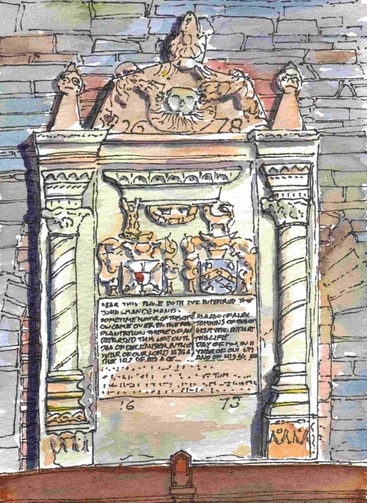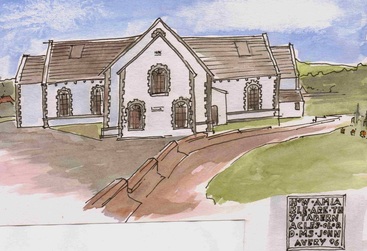late Seventeenth Century |
|
|
Because of destruction caused by the main siege of 1689, very little survives in the city from the later seventeenth century. However, this memorial in St Columb’s Cathedral is one of two which date from the 1670s. Both are flanked by columns derived from classical influences. These are certainly not exact copies of Greek or Roman architecture but are good examples of the type of Renaissance inspired decoration that was becoming common at the time. Their relative naivety also however, point to a loss of connection to fashionable London which by this period, following the Great Fire of 1666, was erecting sophisticated classical architecture.
Walworth Church is one of the few purpose built churches in the area constructed by the Planters who generally reused the existing medieval churches. Its round headed chancel arch reflects a move away from the Gothic towards a renewed interest in Roman architecture as a result of the Renaissance. Its fate during the Seventeenth Century reflects that of much of the county. It was rebuilt three times: following the 1641 rebellion; again in 1649 following the first siege of the nearby city; and again in 1689 following the main siege when the city declared for King William and withstood the army of King James Glendermott Presbyterian Church, first constructed in 1696, is a building more in tune with a simple approach to building which was developing in a vernacular way (without architects) at the end of the century. When first constructed this would have been a simple rectangular box with a pulpit on its long side. It was extended in 1748 to the current T plan church with galleries, but it retains its essential simplicity. Rendered and slated today, the building was probably white washed when built and may well have been thatched or even had a shingle timber roof. |
|
<Back The Merchant City>




